Displaying items by tag: Kitesurfing
New Videos Show Two Sides of Kitesurfing in Ireland
Two new videos demonstrate the different sides of kitesurfing in Ireland.
The latter below shows Irish kiteboarder Ryan Coote taking on the intense big surf charged by the winds of Hurricane Katia on the west coast recently.
Meanwhile the former is a more reflective illustration of the kitesurfing scene in Northern Ireland this year.
Both show that Ireland can compete with the best in the world when it comes to quality waves.
Ireland's Kitesurfers Headed to Wexford Fest
The Irish National Kite Surfing Festival will be part of the action at the Wexford Kite Surfing Festvial in Duncannon next weekend.
Kitesurfers from all over Ireland will compete in course racing and a freestyle competition in their bid to claim the national championship.
But the two day event also offers entertainment for all the family, from archery and bungee trampolines for the more adventurous to face painting, hula hoops and bouncy castles for the young - and young at heart.
Kitesurfer Injured in West Cork
The Irish Times reports that the man got into difficulty in high wins while kitesurfing in Courtmacsherry Bay.
He was taken by Irish Coast Guard helicopter to Cork University Hospital, where he is reportedly in a stable condition.
Two kayakers and two windsurfers were also rescued in the Kinsale area on the same day in treacherous windy conditions.
Kitesurfers Plan Irish Sea Crossing
A team of six kitesurfers are planning to cross the Irish Sea, from Cloghy in Northern Ireland to Silloth in West Cumbria.
Whilst not a record it will be the first time anyone has kited from Ireland to England. Kirsty Jones was the first to kite from Ireland to Wales and Andreya Wharry almost kited from Cornwall to Ireland (130 miles), however she launched 15 miles off the coast and did not make landfall. Some members of the team complete a crossing from the Isle of Man to England in 2008.
The current record stands at 140 miles. Kirsty Jones holds this from when she kited non-stop from Africa to Lanzarote.
The team, Andrew Smith, Fraser Dooley, John Flinn, Martin Sandwith, Nick Elliott, Stuart Wood, are all experienced kitesurfers and are hoping to raise money for the RNLI and the NSPCC by doing the stunt.
Their site is kitesurfirishsea.co.uk and their promo video is visible below this post.


























